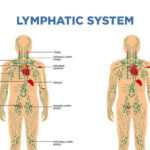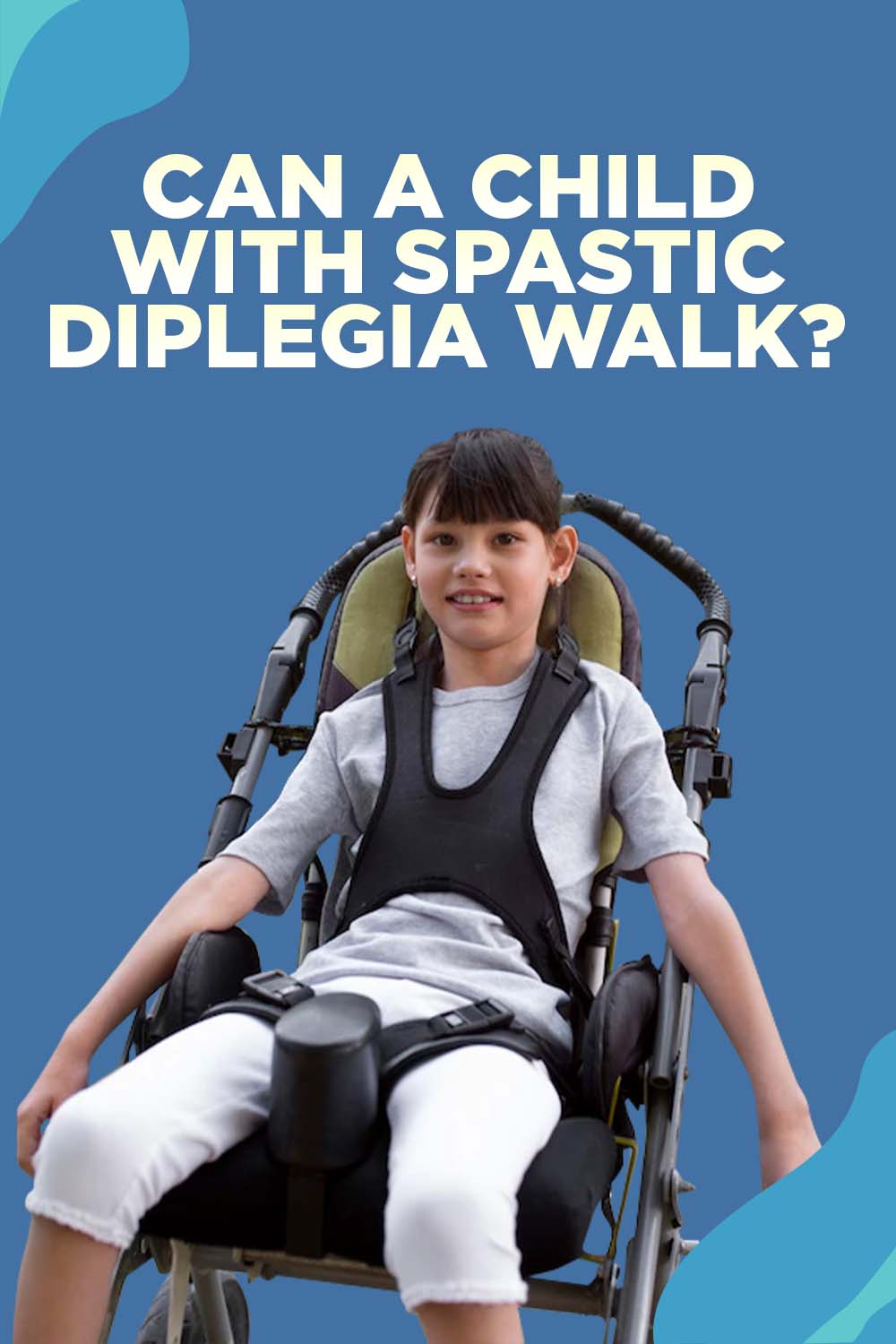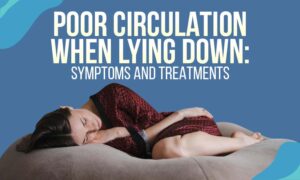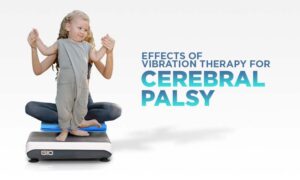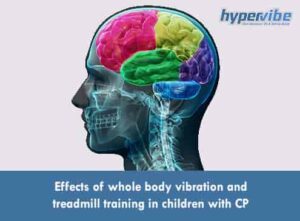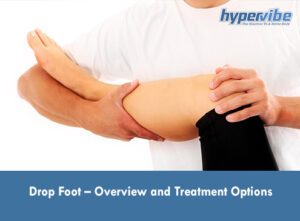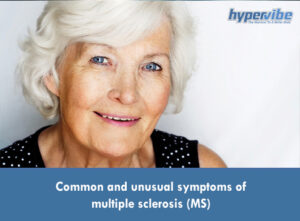Spastic Diplegic Cerebral Palsy – Symptoms and Causes
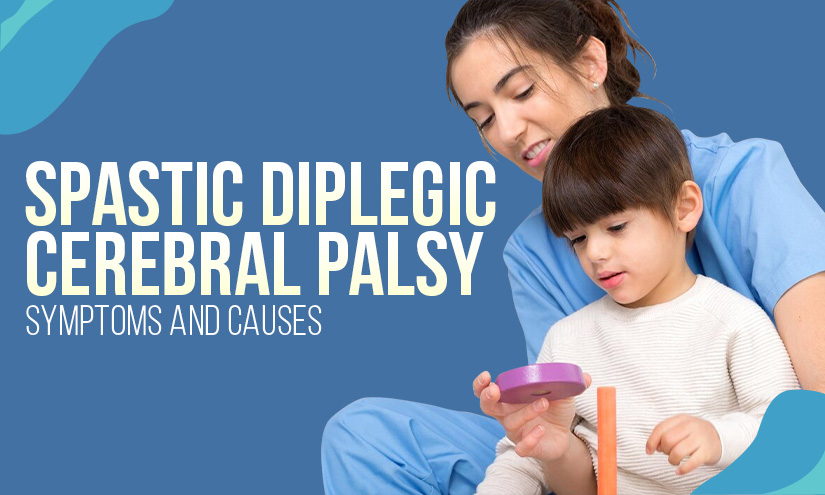
One of the three distinct forms of spastic cerebral palsy is called spastic diplegia, which more commonly refers to the condition known as diplegic cerebral palsy. The most prevalent symptom associated with the illness is tightness in the muscles. It is not uncommon for symptoms to appear between the ages of one and three years old, with three years old being the median age at which a diagnosis is made.
Spastic diplegic cerebral palsy primarily affects the legs and, in rare cases, the arms, rendering them rigid and constricted. Crawling and walking become difficult as a result, and youngsters frequently walk on their toes or with a wide “scissor-like stride.”
Excessive muscle contractions can also cause the legs to bend inwards and cross at the knees. Some children may be unable to walk at all. The upper extremities of the body may remain unaffected and continue to operate normally.
Some children with spastic diplegic cerebral palsy have additional symptoms, such as coordination and balance issues, seizures, joint contractures, or cognitive impairment, which can range in severity.
What is spastic Diplegic cerebral palsy?
Spastic diplegic cerebral palsy patients have enhanced muscular tone. As a result, their muscles are tight, and their movements can be uncomfortable. Spastic diplegic cerebral palsy is often defined by which regions of the body are affected:
- Spastic diplegia/diparesisMuscle stiffness occurs primarily in the legs in this kind of CP, with the arms being less affected or not affected at all. People with spastic diplegia may have trouble walking because their legs draw together, turn inward, and cross at the knees due to tight hip and leg muscles (also known as scissoring).
- Spastic hemiplegia/hemiparesisThis type of CP affects only one side of the body, generally the arm rather than the leg.
- Spastic quadriplegia/quadriparesis: The most severe form of spastic CP, affecting all four limbs, the trunk, and the face. People with spastic quadriparesis cannot walk and frequently have other developmental abnormalities such as intellectual incapacity, seizures, or visual, hearing, or communication issues.
What causes Diplegic cerebral palsy?
Damage to the developing brain before, during, or shortly after birth is what leads to the condition known as spastic diplegic cerebral palsy. Common contributors to brain injury at an early age include being born prematurely, contracting an infection, and not receiving enough oxygen to the brain.
Different parts of the body can be impacted in varying degrees of severity, and this is dependent on the extent of the damage to the brain as well as its location. Damage to the cerebellum, for instance, can lead to ataxic cerebral palsy, while damage to the motor cortex can lead to spastic cerebral palsy.
Spastic diplegic cerebral palsy is a form of spastic cerebral palsy that largely impacts an individual’s ability to manage motor function in the legs. Because this type of spastic diplegic cerebral palsy is typically associated with less severe damage to the brain, motor deficits typically affect only the legs, as opposed to the whole body.
Having said that, it is essential to be aware that abnormalities in the motor control of the lower body might still have major repercussions. Individuals who have spastic diplegia can, fortunately, improve their quality of life with adequate management, which may include participation in rehabilitative therapy and other treatment approaches. The potential consequences of spastic diplegic cerebral palsy will be covered in the following portion of this article.
Medical errors by healthcare personnel account for around 10% of cerebral palsy instances and can occur as a result of:
- Inadequate use of forceps and other birth-assist instruments;
- Stress and failure to adequately monitor fetal heartbeat;
- Failure to perform an emergency C-section when advised;
- Inadequate detection, diagnosis, and treatment of maternal illnesses or medical disorders.
Can a child with spastic diplegia walk?
When a person is an infant or a very young kid, they may first show symptoms of spastic diplegic cerebral palsy. The initial signs are frequently seen when the infant or toddler first attempts to crawl.
A youngster who has this syndrome may crawl in an unusual fashion that resembles more of a commando crawl than a typical, four-legged motion. This is because the child may move normally with their arms but drag their legs behind them.
Most people with spastic diplegic cerebral palsy have the normal cognitive ability and can walk on their own. Some people, however, may have more severe motor impairments and require an assisted mobility device such as a crutch, wheelchair, or walker.
It is preferable to detect indicators of spastic diplegic cerebral palsy as early as possible so that your child can receive the necessary treatment to reduce the impact of their motor deficits and avoid developing poor movement habits.
If your child has been diagnosed with spastic diplegic cerebral palsy, you are aware that the future will be filled with many challenging obstacles. As a result, you want to provide your child with every advantage that is available to them.
In addition to the most effective medical care, physical and rehabilitative therapy administered to your child while he or she is still a child can have a sizable influence on the adult version of the child years later. Naturally, parents of children diagnosed with spastic diplegic cerebral palsy want to offer their children the most beneficial therapeutic and educational choices that are at their disposal.
Effect of whole-body vibration on children with spastic diplegia
Cerebral palsy (CP) is the most common cause of severe motor dysfunction in infancy, impairing developmental milestones such as sitting and walking in the majority of infants. The primary therapy goals for children with cerebral palsy include improving their capacity to sit and walk, as well as other functional abilities.
The predominant sign of motor impairment in children with spastic CP is poor postural control. Sitting is an important motor milestone since it is the first instance of upright posture. Postural control while sitting necessitates synchronization between the trunk and pelvis, with the legs and buttocks serving as the foundation of support.
Mostafa S. Ali, Ph.D., and Heba G. Abd el-Aziz, Ph.D. conducted a study that found significant improvements in sitting ability and abdomen thickness in both the study and control groups after a regular physical therapy program that encompassed the facilitation of sitting, standing, and equilibrium.
WBV can effectively enhance abdominal muscle thickness and improve gross motor performance in children with spastic diplegic cerebral palsy, implying that WBV could be a beneficial intervention for increasing abdominal muscle function and boosting daily living activities in children with spastic diplegic cerebral palsy.
This study found that WBV can help children with spastic diplegic cerebral palsy increase abdominal muscle thickness and improve motor performance. As a result, whole-body vibration is suggested as part of a rehabilitation program for such children. The findings of this study can help people with spastic diplegic cerebral palsy who have trunk control issues or who want to enhance their postural control and balance.
Sources:
https://www.cerebralpalsyguidance.com/cerebral-palsy/types/spastic-diplegia/
https://www.cdc.gov/ncbddd/cp/facts.html#:~:text=Spastic%20Cerebral%20Palsy&text=This%20means%20their%20muscles%20are,or%20not%20affected%20at%20all.
https://www.researchgate.net/publication/347905093_Effect_of_whole-body_vibration_on_abdominal_thickness_and_sitting_ability_in_children_with_spastic_diplegia/fulltext/5ff0a74f45851553a014e609/Effect-of-whole-body-vibration-on-abdominal-thickness-and-sitting-ability-in-children-with-spastic-diplegia.pdf?origin=publication_detail





